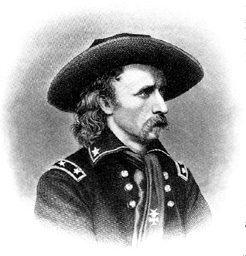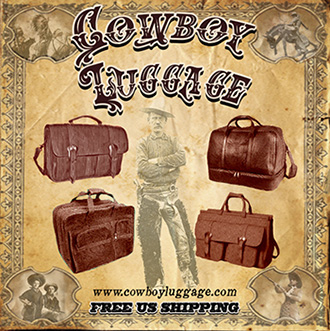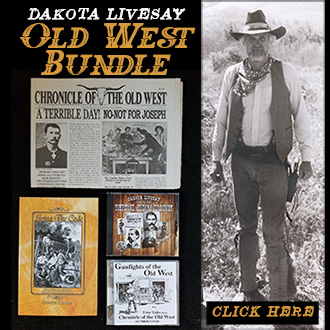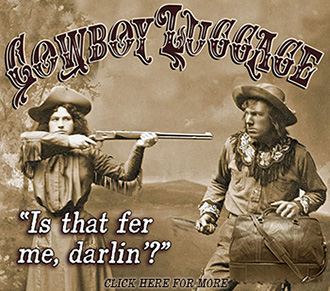 Although he’s not as famous as Billy the Kid or Jesse James, John Wesley Hardin probably holds the record for killing more men in the shortest period of time. From the time he first killed in 1868 until he shot his last man ten years later, Hardin is known to have murdered more than 20 men. Incidentally, his father was a Methodist preacher, and he was named after the founder of the Methodist Church.
Although he’s not as famous as Billy the Kid or Jesse James, John Wesley Hardin probably holds the record for killing more men in the shortest period of time. From the time he first killed in 1868 until he shot his last man ten years later, Hardin is known to have murdered more than 20 men. Incidentally, his father was a Methodist preacher, and he was named after the founder of the Methodist Church.
So, how did John Wesley Harden spend Christmas of 1869? On Christmas Day he went to the tiny town of Towash, Texas, seeking some holiday companionship and a good game of cards. A big winner, Hardin got in an argument with a man named James Bradley, an obvious sour looser.
Bradley pulled a knife. Unarmed, in accordance with town ordinances, Harden went to his room and got his pistol. Later in the afternoon Harden encountered Bradley on the street. Bradley let out some curse words; pulled his pistol; and shot at Harden…Missing him. Hardin responded with a shot to Bradley’s head and chest. Harden then casually rode out of town.
The moral of the story? Christmas should be spent in church, with family, not gambling and shooting off your gun. Right, James Bradley?









